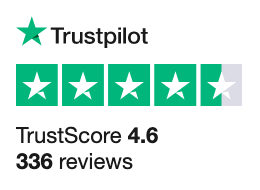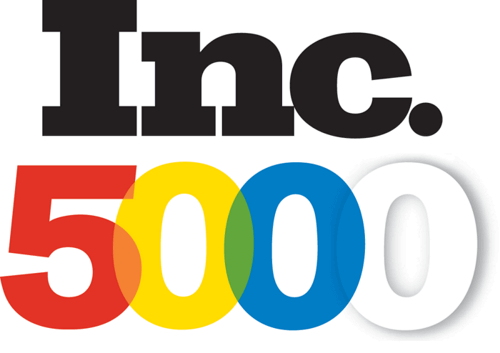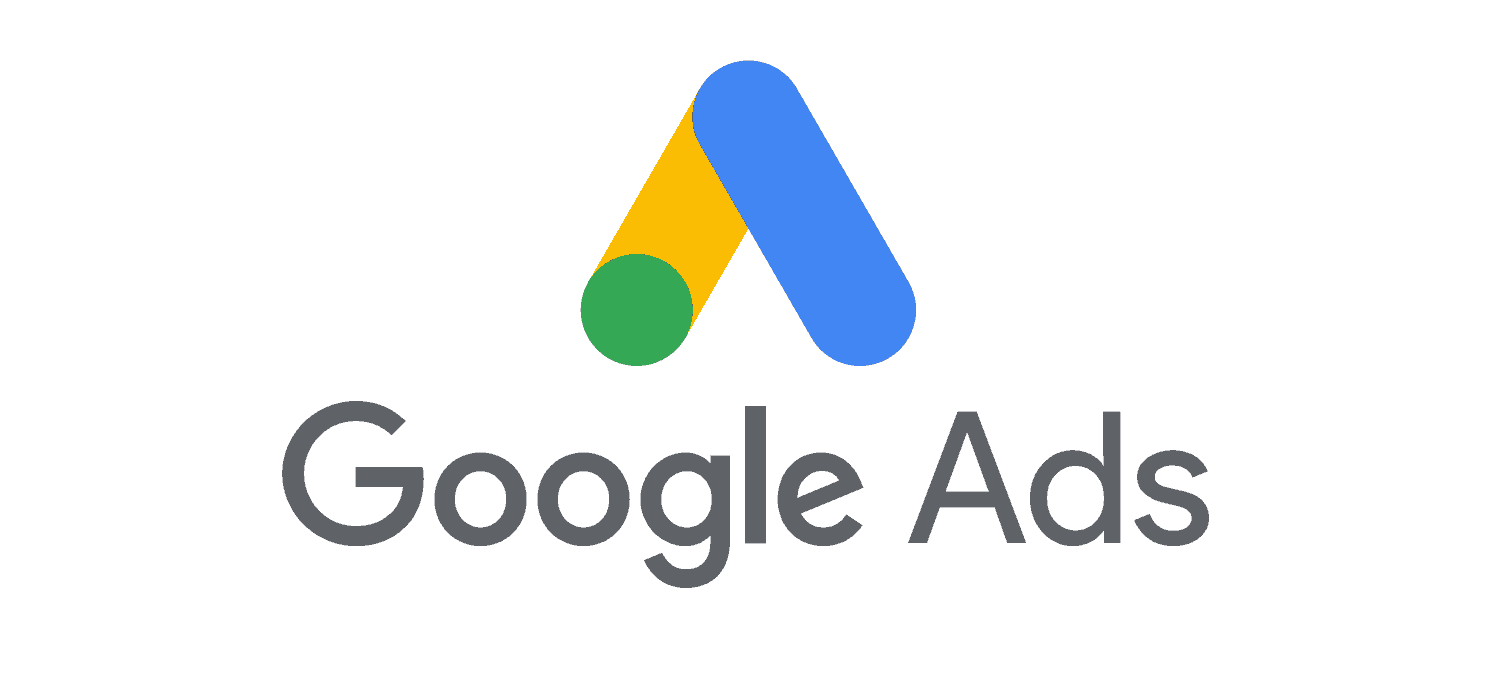We’re the masters of selling products online.
We have the reputation to prove it. Our TrustPilot, Inc. 5000 Award, Google Partner Badge, Shopify Badge, and Amazon Badge say it all.
Amazon Best Practices
FountainheadME’s Basic Best Practices for Selling on Amazon
These are FountainheadME’s basic best practices for selling on Amazon, listed mostly in order. This is not an exhaustive list, but rather the most common improvements we find ourselves making to client accounts that have a tested, verified financial benefit.
1. You can’t get rich quick anymore. It takes time and hard work.
The days of being first to market on Amazon are over. Now you have to do battle. The market is flooded with competitors and you must do better than them. This takes time, hard work, and investment. When done properly and intelligently, you will win.
2. Nothing is more expensive than cheap images.
It is scientifically proven that images have the most immediate and profound impact on sales. Good images are typically not good enough - you need GREAT images taken by an experienced photographer who is equipped with professional lighting and lenses. Have at least 5 images showing all aspects of the product and include lifestyle images if appropriate. Make sure the image is between 1000 and 1200 pixels on at least one dimension. If you’re higher than this, Amazon may apply too much compression to the image, which lowers its clarity. If you’re less than this, users will not be able to zoom. Limit whitespace around the perimeter as much as possible so the image is large in the search results. If you sell a non-consumer item (like a part, screws, hardware, etc.), images are important, but you have more slack on quality.
3. Be an exclusive seller (as much as possible).
Don’t get in buy box wars unless you like diminishing profit. Beyond just a low price war, being in an unsteady position diminishes the effectiveness of several other features, like advertising and elasticity testing. Do whatever it takes to have exclusive control - if you’re a manufacturer, kick your distributors off, if you’re not the manufacturer then private label or seek an exclusivity agreement.
4. Build, and continually improve, your keyword list.
Take time to use your Search Terms Reports, competitors, Google Trends, Google Keyword Planner, and other resources to find keywords related to your product. Deep dive into these keywords to remove non-relevant words and phrases, and to elevate highly relevant ones.
After this, brainstorm all of the possible audiences for your product and put yourself in their shoes to consider what words may lead them to you.
Do this regularly to compile a database of ranked keywords that can be used in your product listings and ad campaigns.
5. Be a data scientist.
Record your performance since the last change. Then implement a new change and make no other changes for 2 weeks (or some appropriate amount of time). See how the latest change compares to the previous. Are sessions up? Are conversions up? The data you record from these experiments tells you how your users and how Amazon is viewing your listing. The more diligent you are about adhering to the scientific method, the better you’ll do. Pull out your spreadsheet and get organized. Practice extreme discipline and interpret data properly.
6. Test your elasticity.
‘Elasticity of Demand’ states that an elastic product (which almost all consumer products are) will sell more units when pricing is decreased and less when pricing is increased. Somewhere in your price spectrum is the ideal ratio between volume and margin where you make the most profit. We call this the point of diminishing returns and it is the goal to find this golden ratio. Your PDR could be above your current price or it could be below. You may have more than one PDR. Through careful scientific testing and recording, you can find your PDR’s and be priced for profit. But remember, when a change happens (like getting better reviews) your PDR should be retested as many factors influence your ability to profit.
7. Be Brand Registered.
Listings with EBC will always do better than listings without. When making EBC, don’t cheap out. Pay a graphic designer to design a full image-based layout. Have a stunning EBC pictorial design and call out your products’ features in an infographic format. Use stellar professional images with graphical compositions to really showcase your product. Aside from EBC, fully utilize the other Brand Registry features to elevate your brand and products.
8. Always bear the Prime Badge.
Few sellers can compete without the Prime badge, which provides customer trust and premium shipping. Though some exceptions apply to customized items and items requiring LTL delivery, Prime eligibility is critical to the success of most Amazon sellers. In fact, Amazon buyers are more than twice as likely to purchase an item bearing the Prime Badge than one without. Furthermore, buyers will often search solely for products that carry the Amazon Prime badge.
9. Become a pay-per-click master.
Pay-per-click advertising can make or break your Amazon business. It’s a powerful solution that requires critical thinking, researching, and testing. If done poorly, you can quickly waste money and destroy profit margins. However, strategizing and implementing it correctly can create a steady stream of relevant traffic and new customers.
Check out what our clients say.
We fuse the art of sales with science.
To win at eCommerce, Amazon or traditional, a seller needs both intuitive understanding of buyer behavior and application of complex mathematics. People skills can only get you so far. Numbers express exactly the how, what, when, and where of buyer behavior. It’s our job to interpret these numbers using calculus and experience to answer who the customers are and why they buy. Once we define and understand the audience, we can target and sell to them with scope and precision.
We aren’t freelancers. We’re a team of the best eCommerce minds in the industry. Our expert full-service Amazon account managers, online marketers, UX/UI specialists, and full-stack developers will serve your needs with cohesive, data-driven strategy and unparalleled technique.














